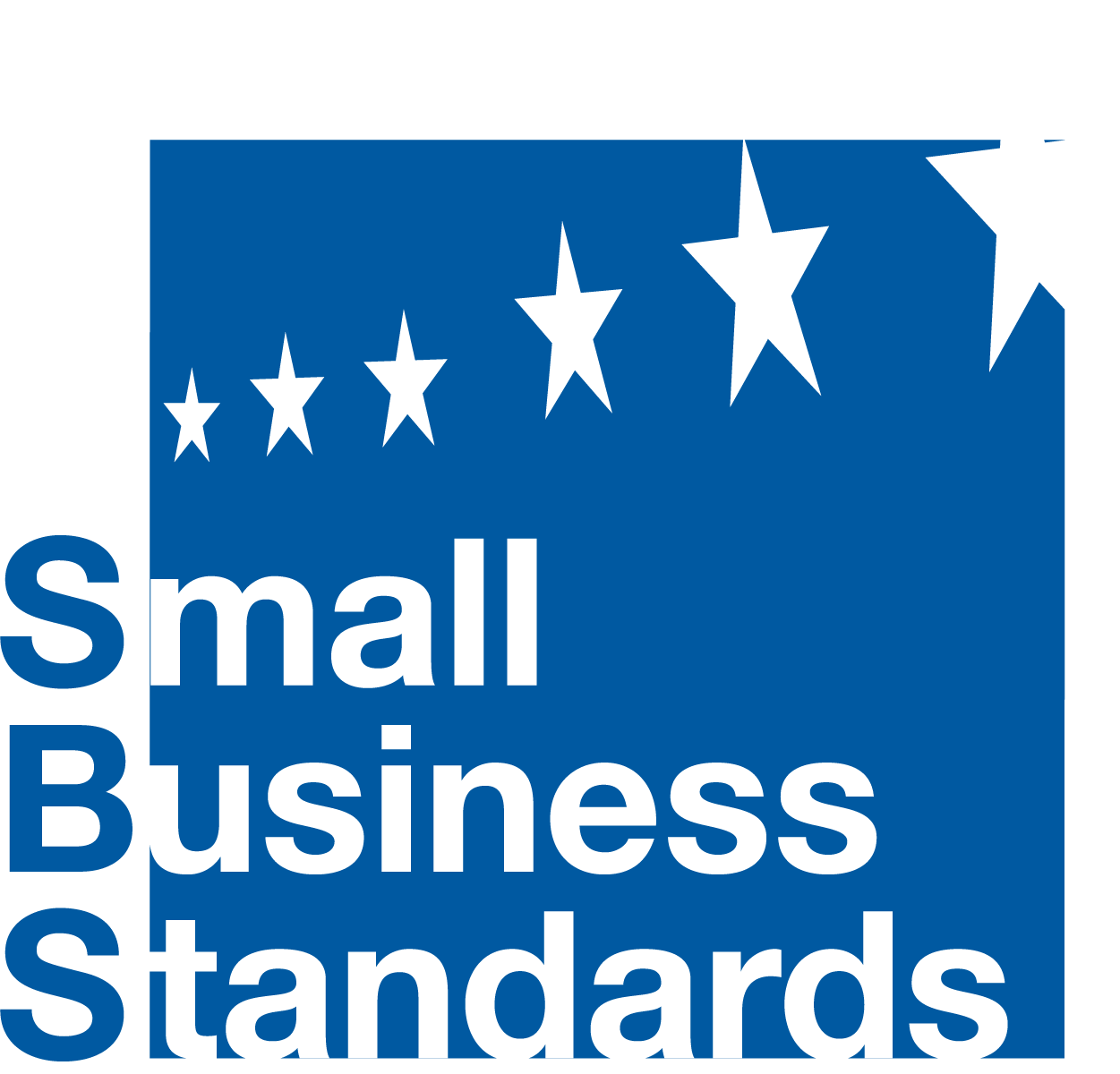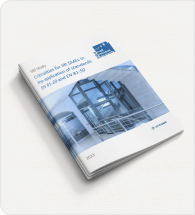CE Marking
The CE marking is an indicator that a product complies with EU legislation and enables the free movement of products within the European Market.
The CE marking indicates that a product meets all the applicable EU legal requirements and it can be legally sold in the European Economic Area (EU Member States, Iceland, Norway and Liechtenstein) and Turkey. The CE marking is not a quality indicator, a certification mark nor an indication of the product’s origin. It means that the manufacturer has verified that the product complies with all relevant health, safety and environmental protection requirements of the applicable EU legislation or, if stipulated in the legislation had it examined by a notified conformity assessment body. The affixing of the mark can only take place after the relevant conformity assessment procedure has been carried out, the technical file has been set up and the Declaration of Conformity has been signed.
Responsibility for CE marking lies with whoever puts the product on the market in the EU, i.e. an EU-based manufacturer, the importer or distributor of a product made outside the EU, or the authorised representative of a non-EU manufacturer.

This also applies to products made in third countries which are sold in the EEA, Switzerland and Turkey. CE marking does not indicate that a product was made in the EEA, but merely states that the product is assessed before being placed on the market and meets the EU safety, health and environmental protection requirements. It means that the manufacturer has verified that the product complies with all relevant essential requirements of the applicable directive(s) or, if stipulated in the directive(s), had it examined by a notified conformity assessment body.

It is the manufacturer’s responsibility to carry out the conformity assessment, to set up the technical file, to issue the EC declaration of conformity and to affix the CE marking on the product. Distributors must verify the presence of both the CE marking and the necessary supporting documentation. If the product is being imported from a third country, the importer has to verify that the manufacturer outside the EU has undertaken the necessary steps and that the documentation is available upon request.
Harmonised European Standards
European Standardisation Organisations (CEN, CENELEC and ETSI) are recognised as organisations that may be requested to produce European harmonised standards in support of EU product legislation. These harmonised standards can be used by manufacturers, conformity assessment bodies and public authorities to assess the conformity of a product with relevant EU legal requirements. The references of European harmonised standards are published in the Official Journal of the EU (OJEU). Once referenced, the standards provide a presumption of conformity with the relevant requirements of the legislation covered by the standard. While the CE marking is mandatory, the use of harmonised standards remains voluntary. Other ways to fulfil these essential requirements can be chosen by using harmonised standards is the easiest way for SMEs to ensure compliance with the relevant legal requirements.


























